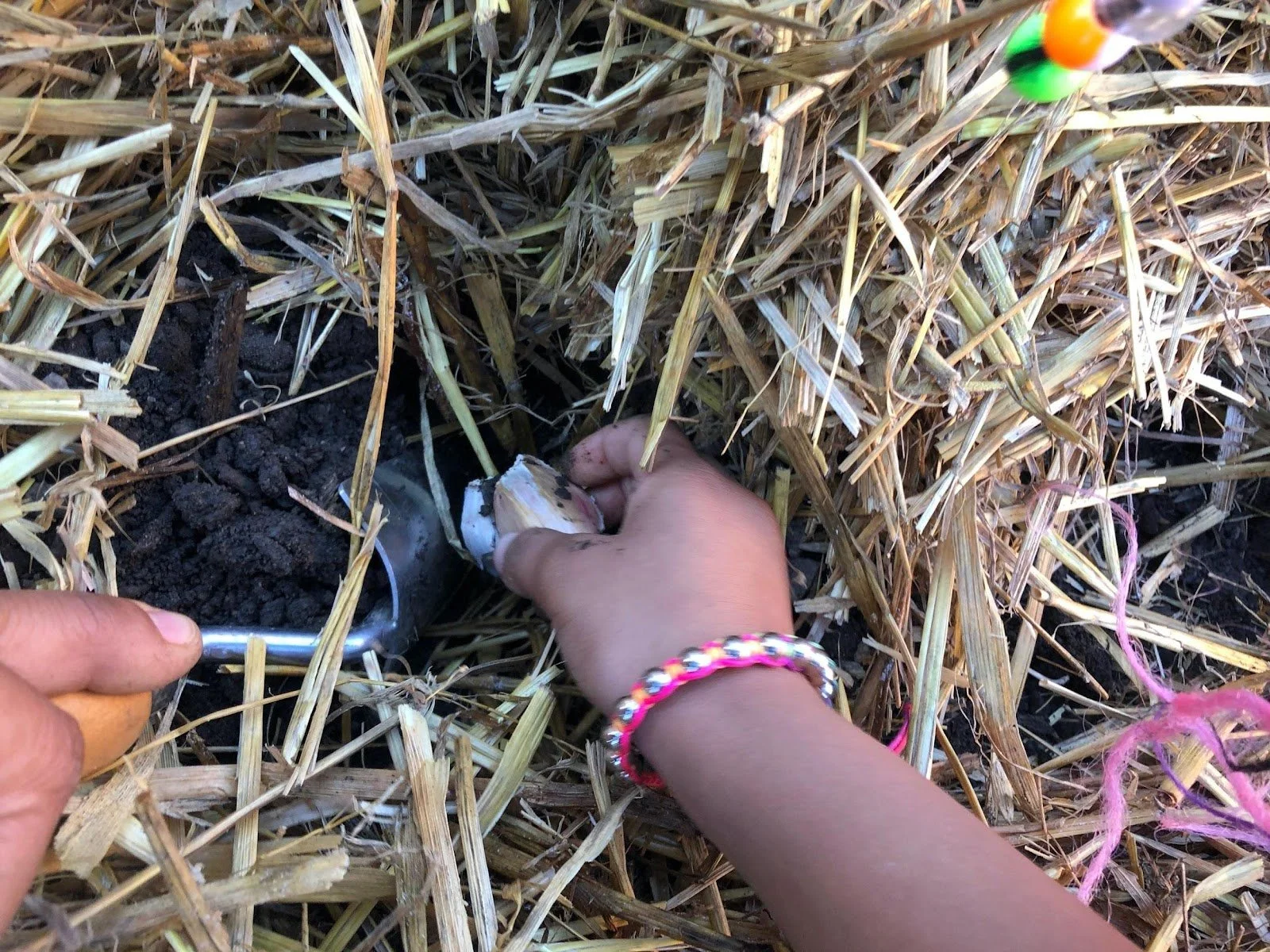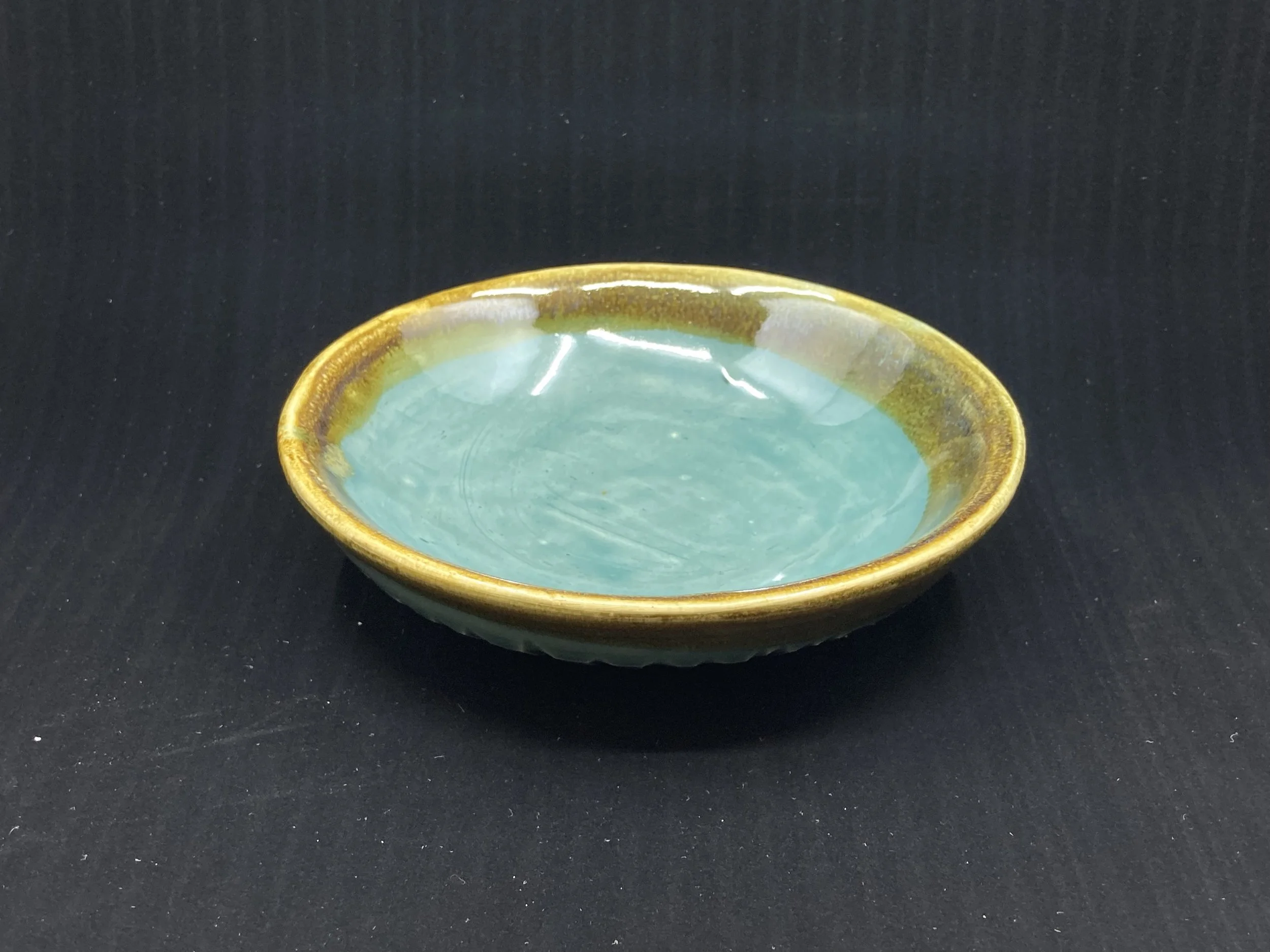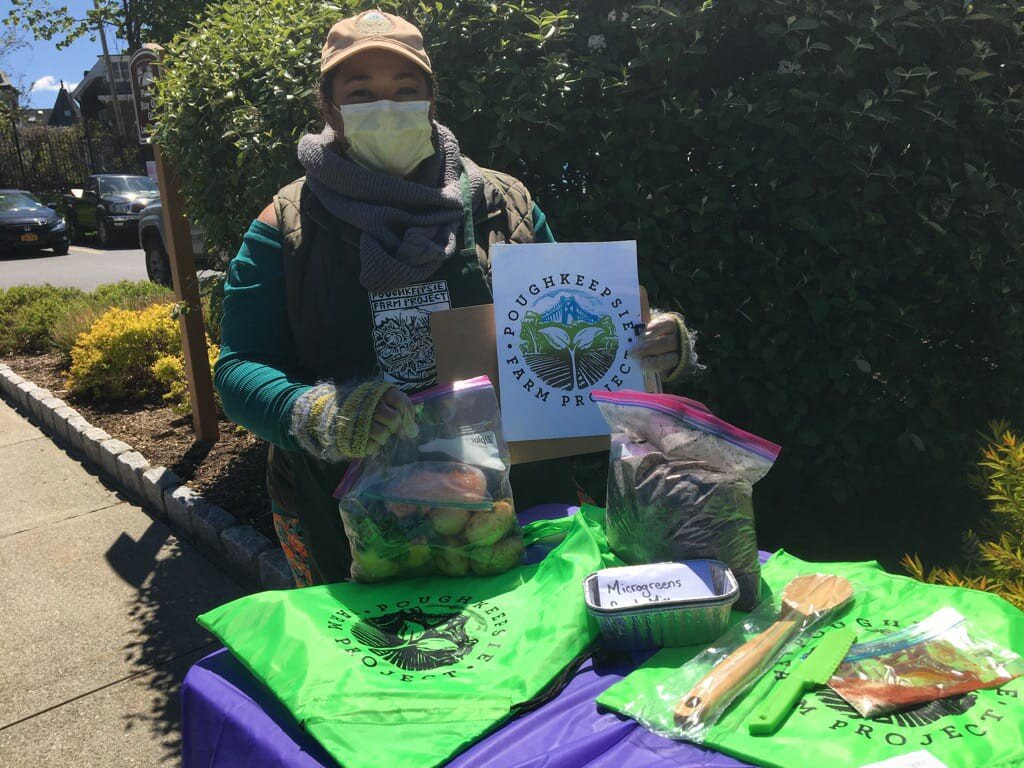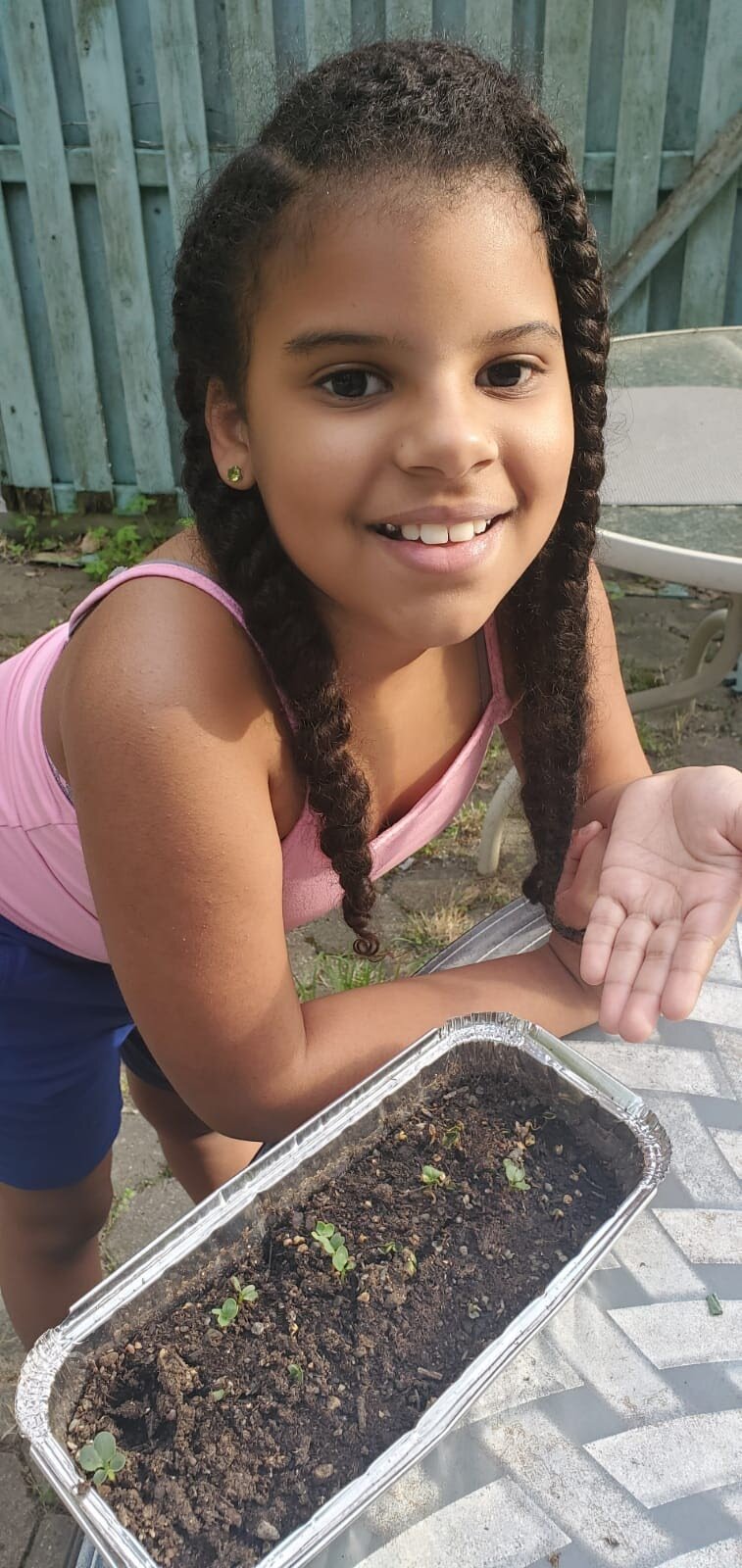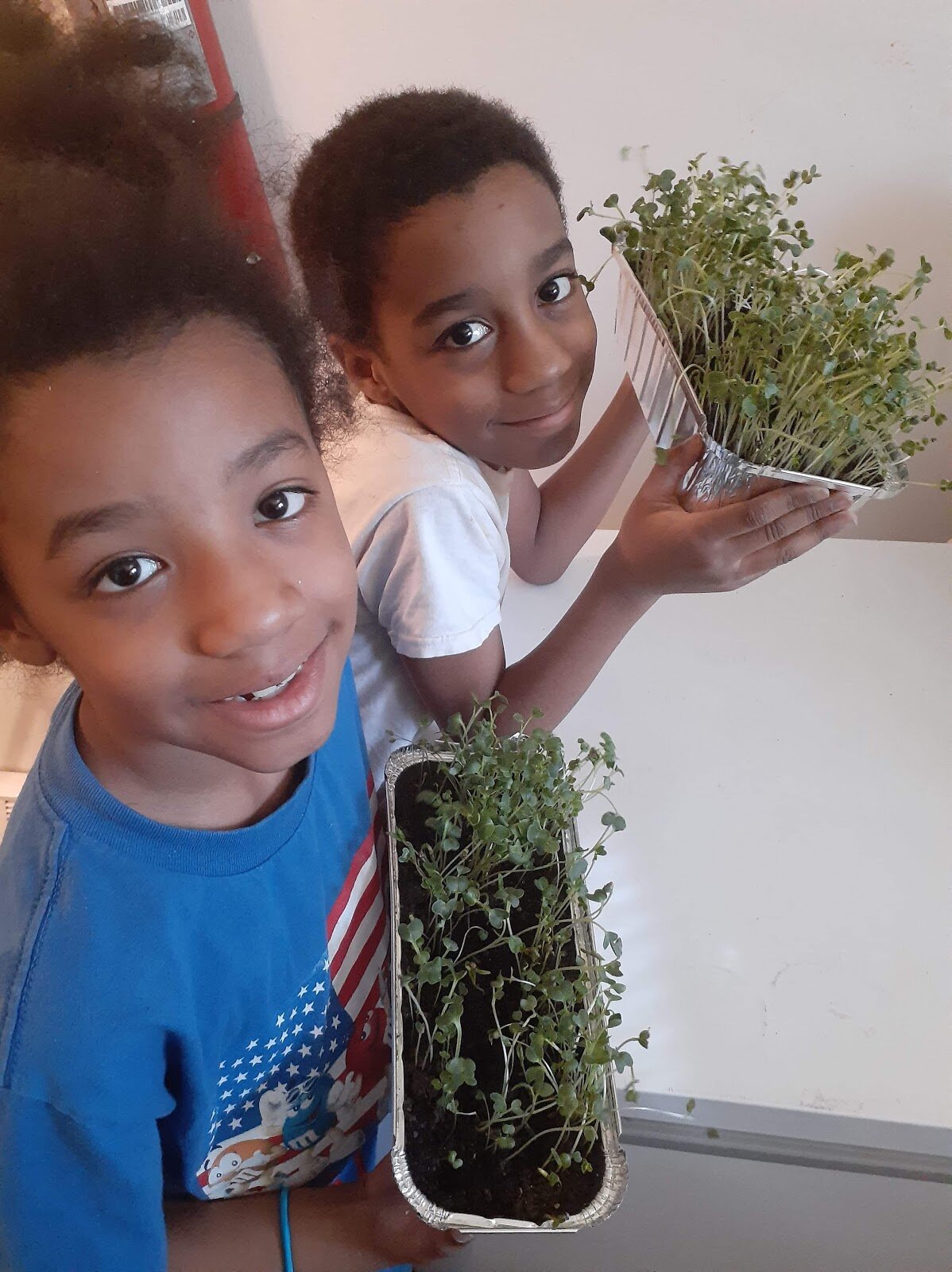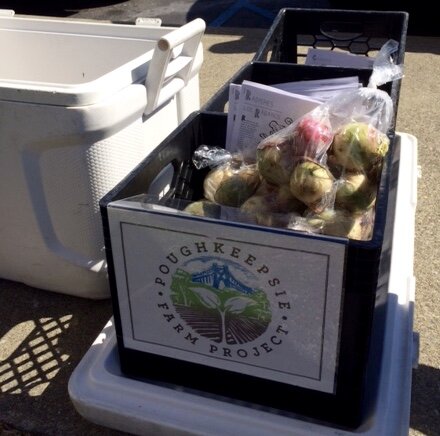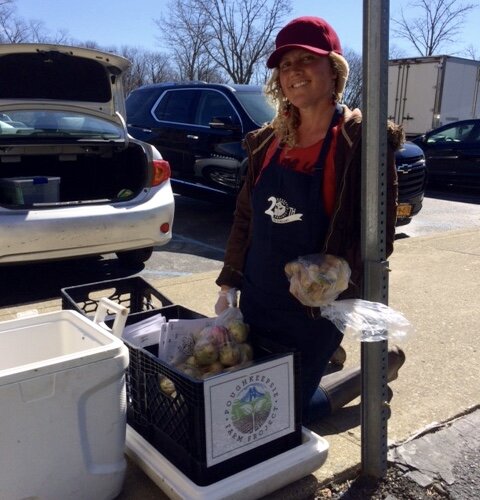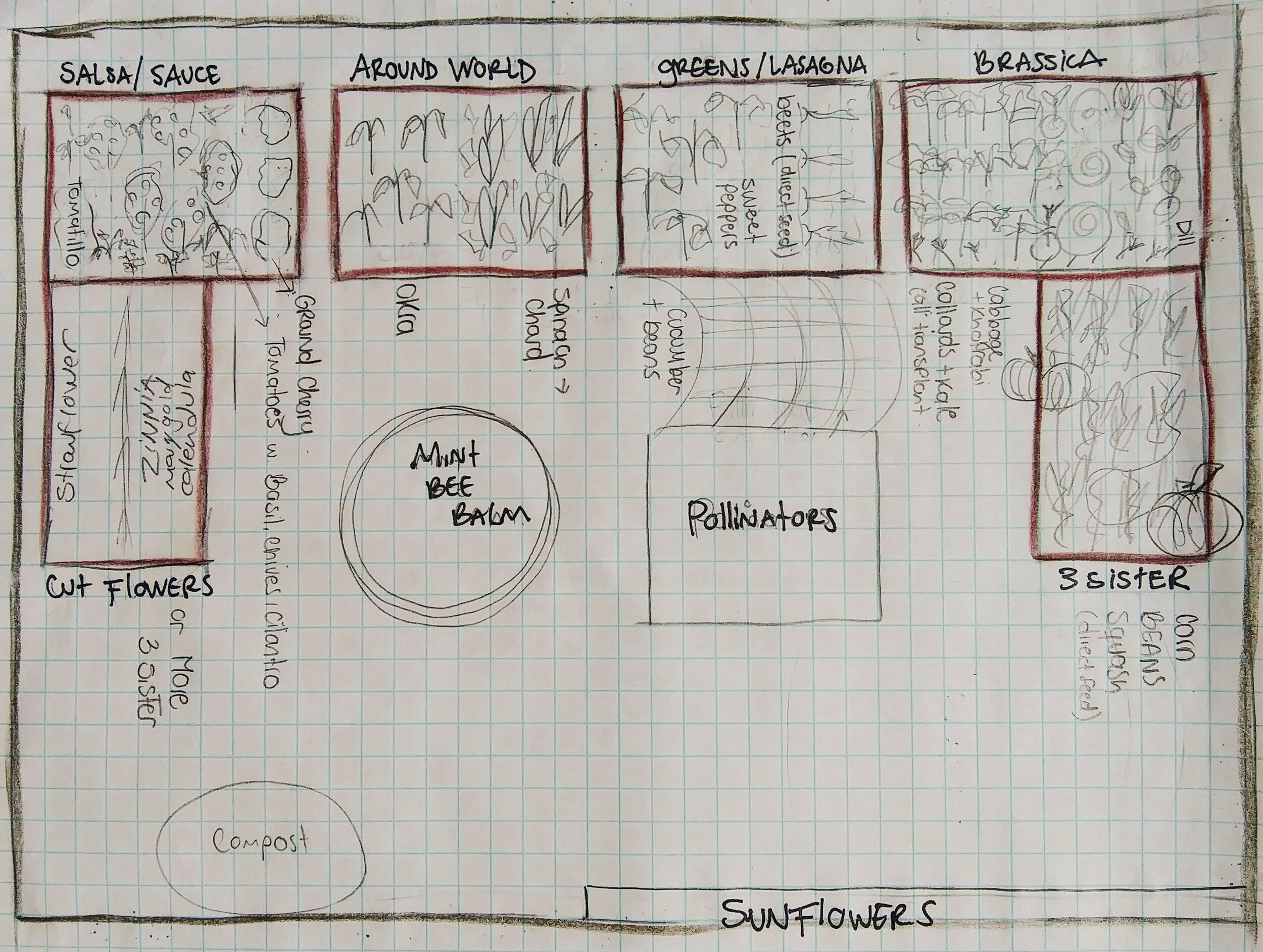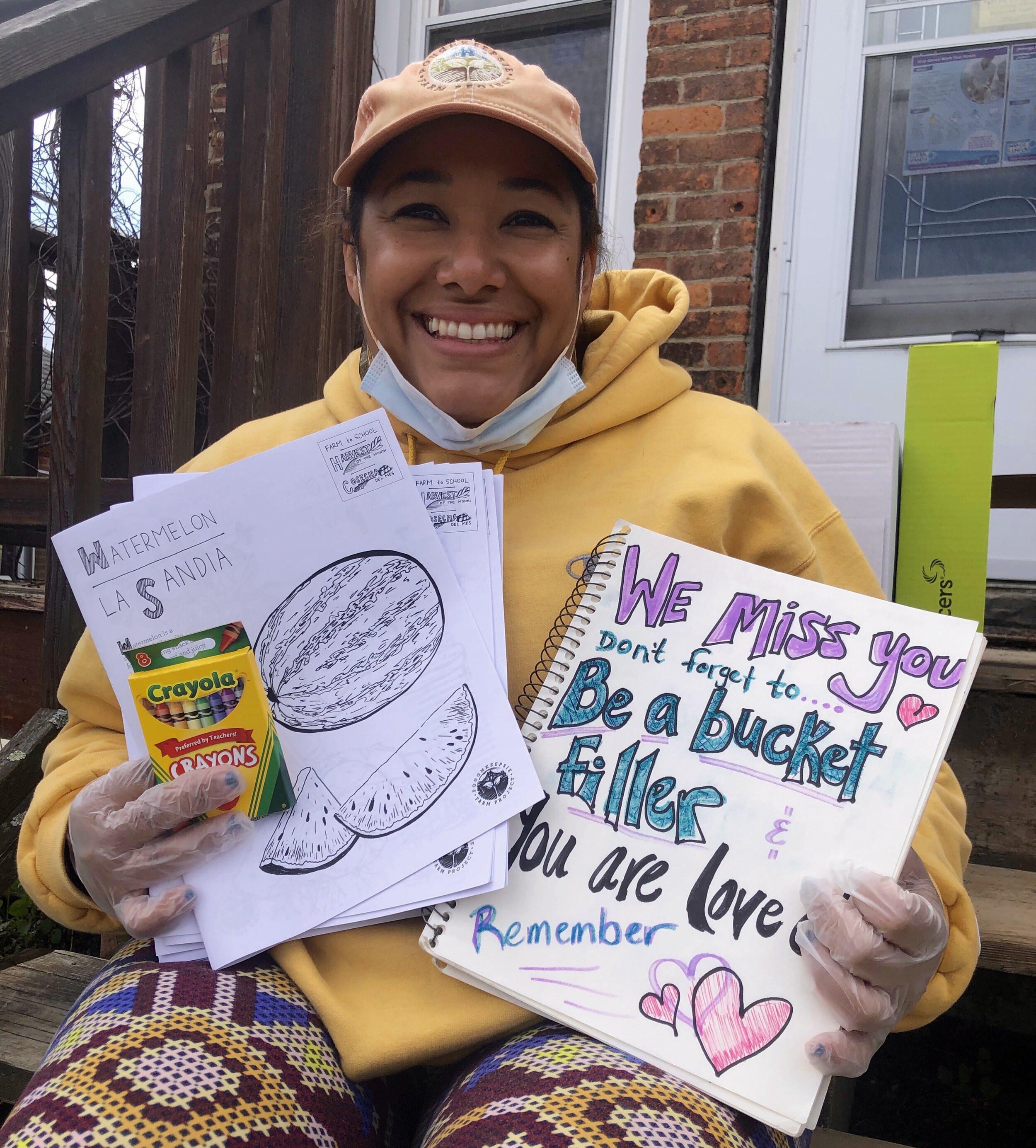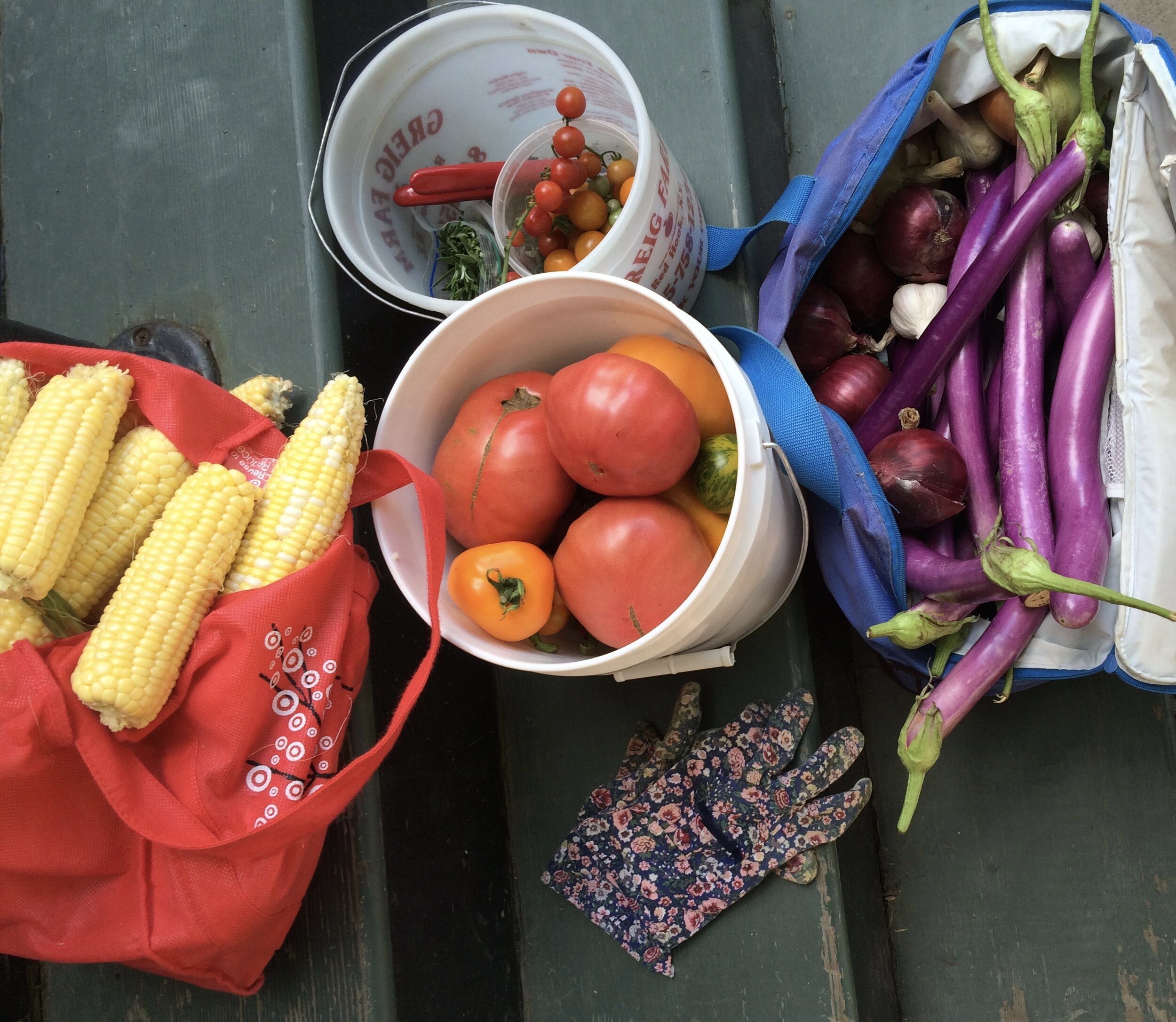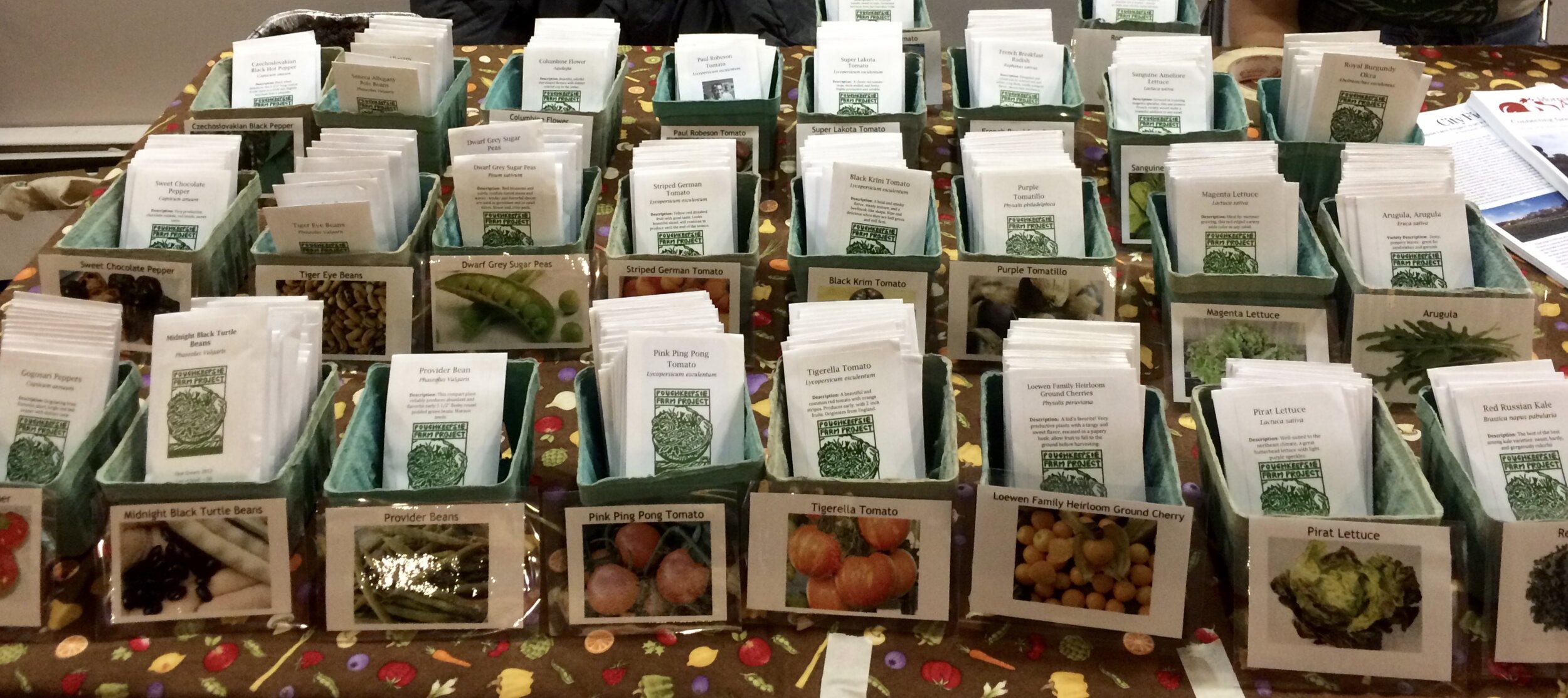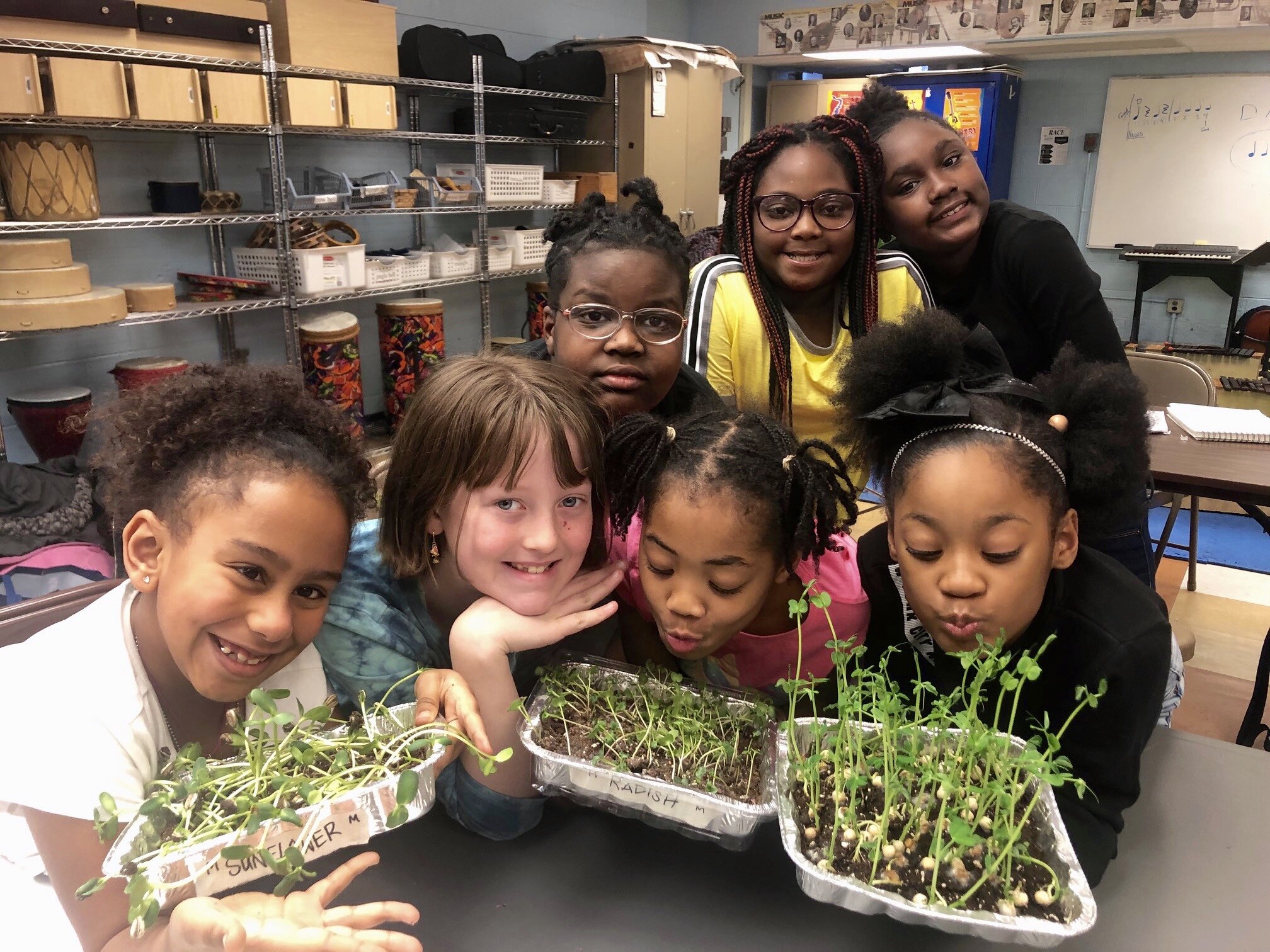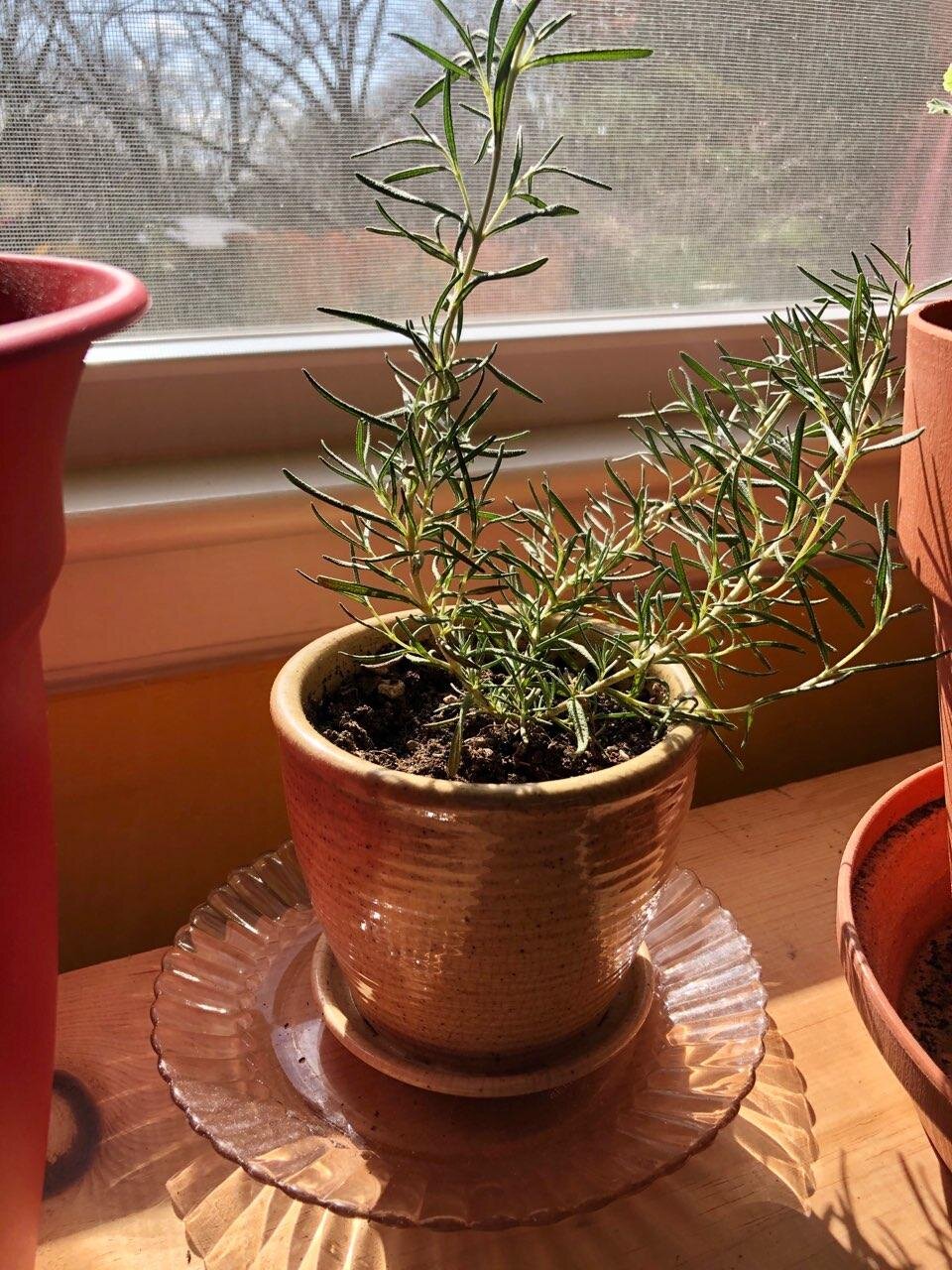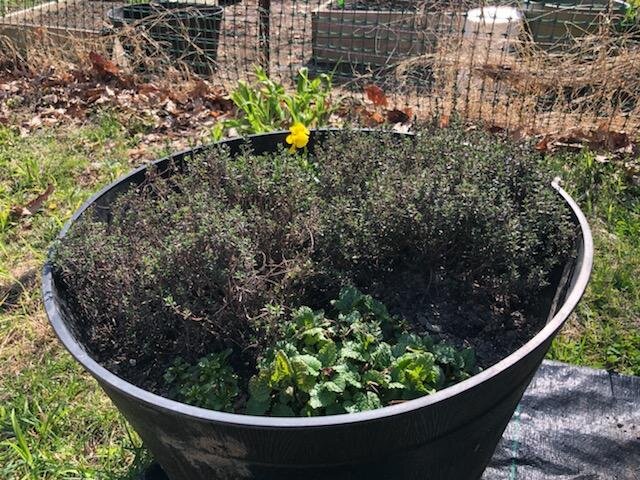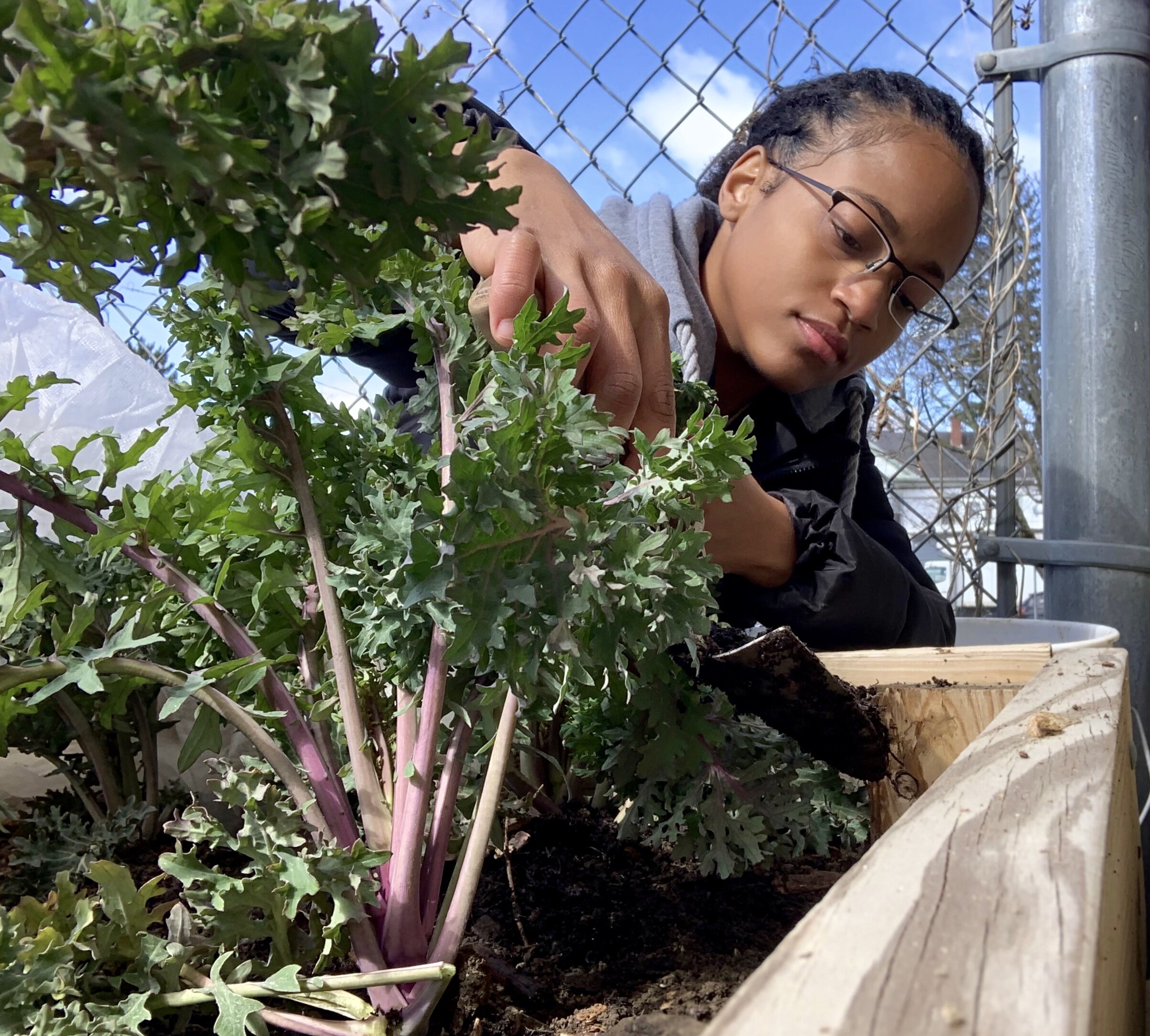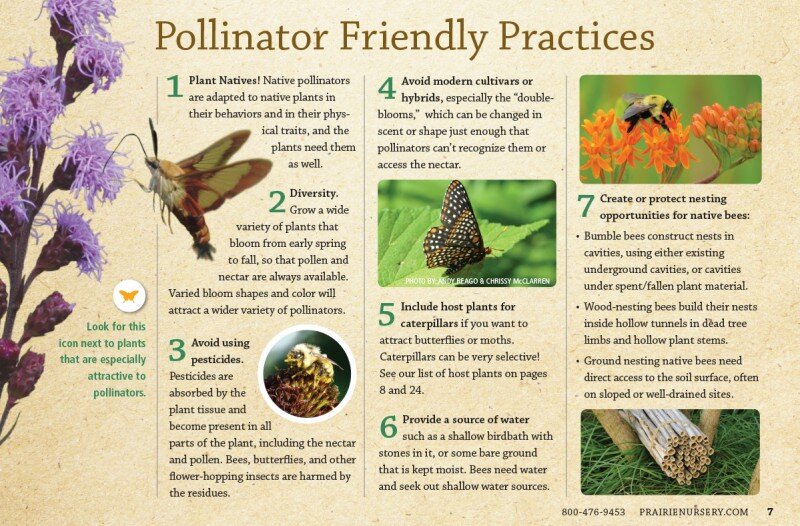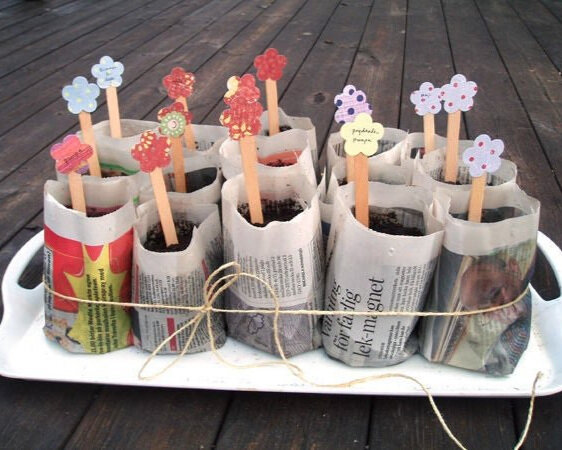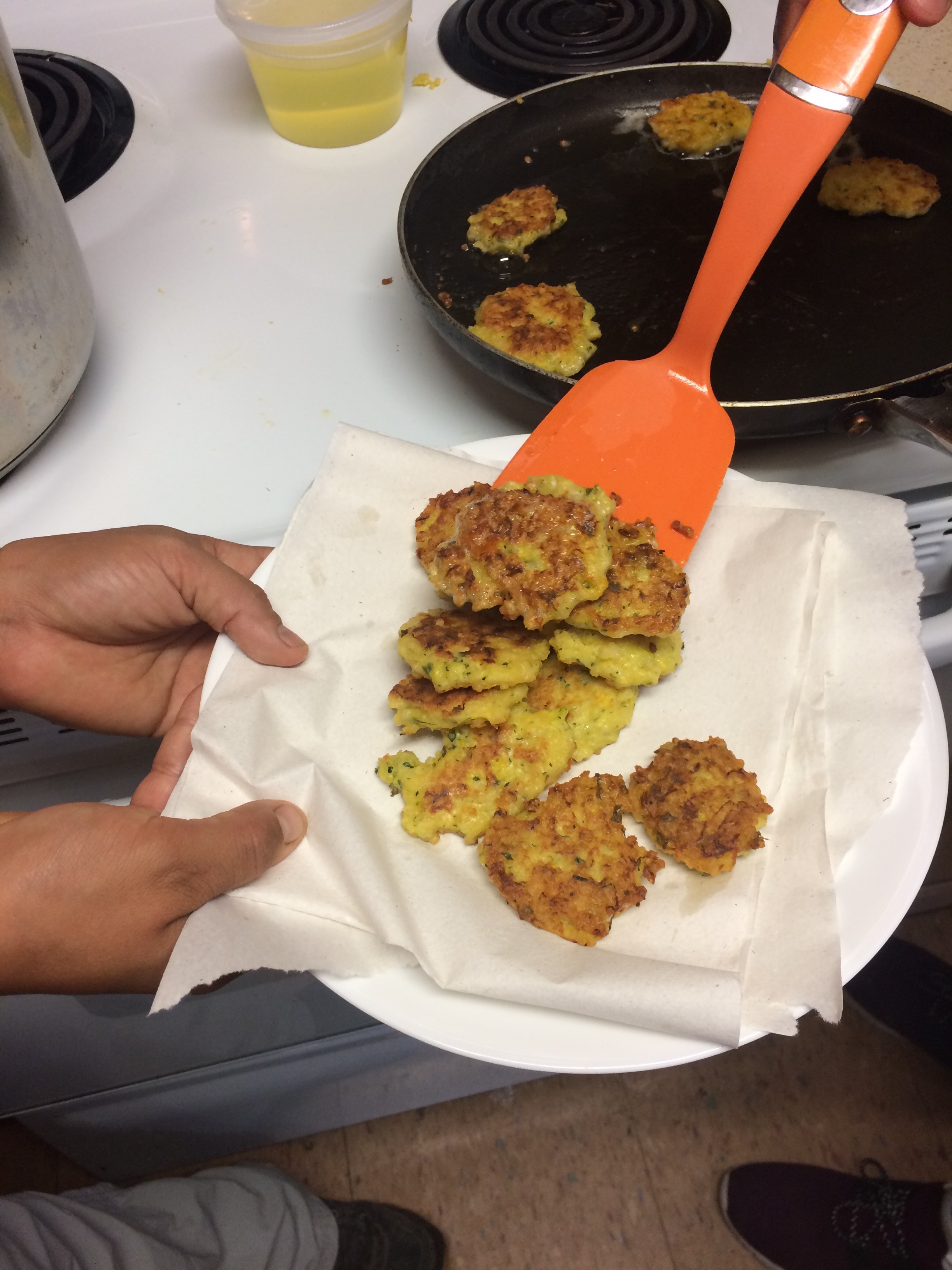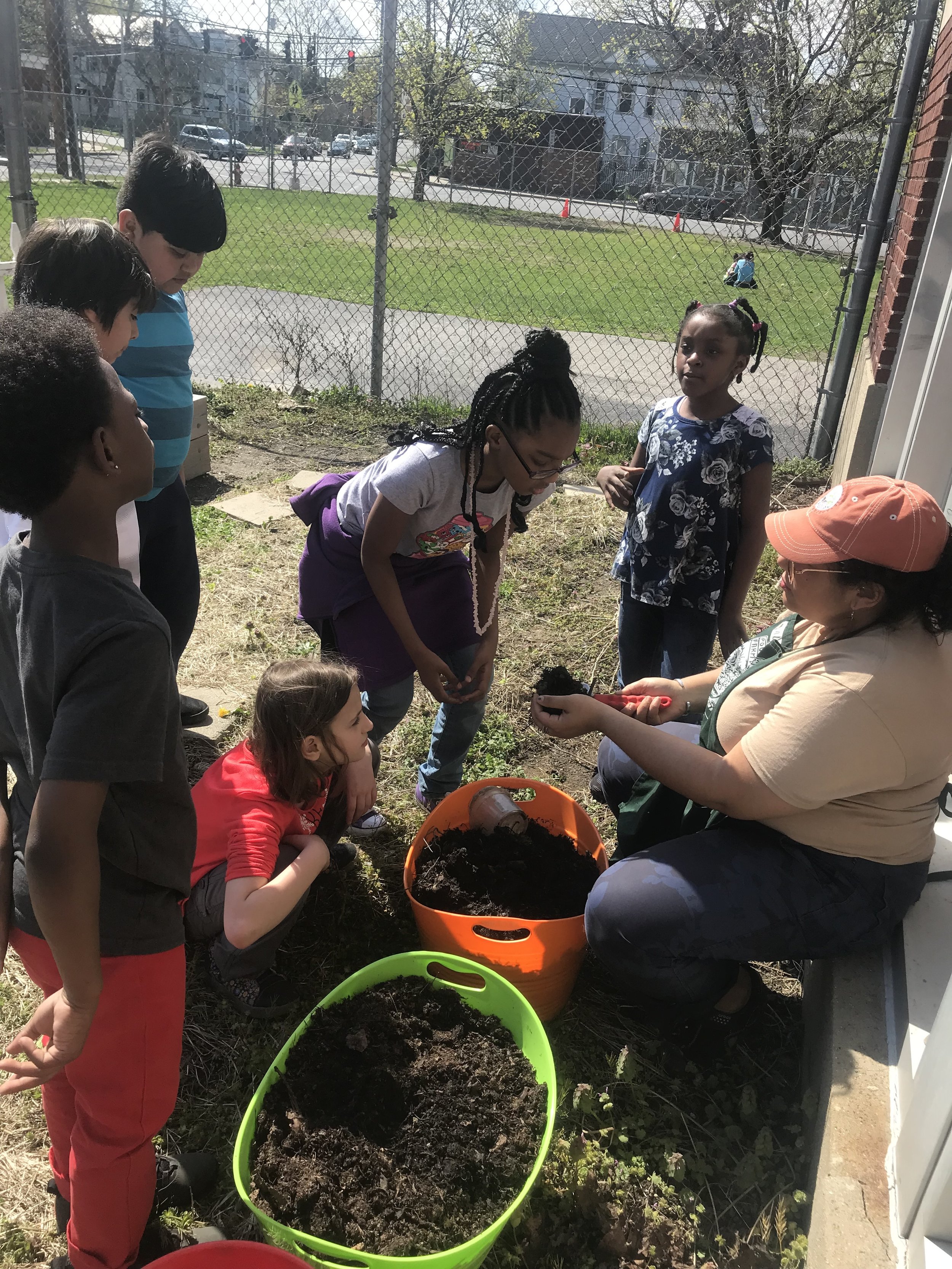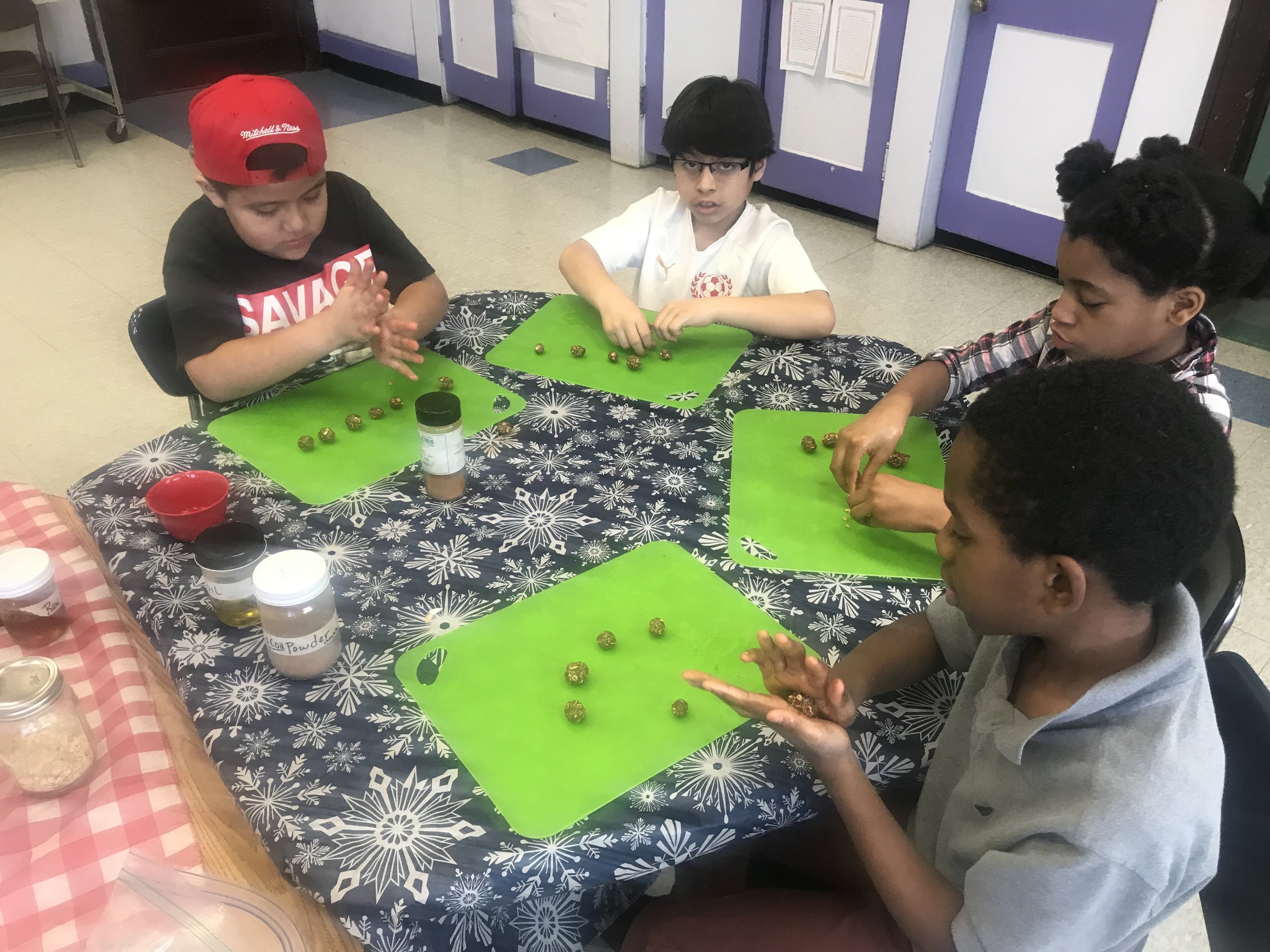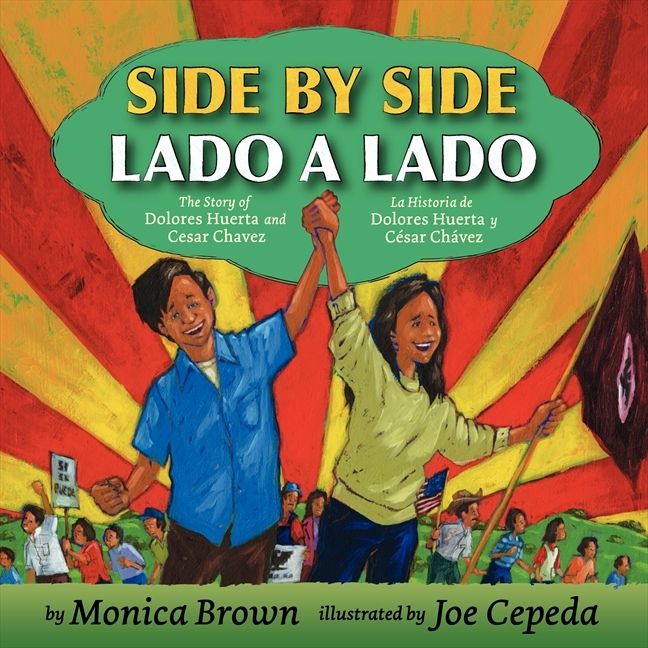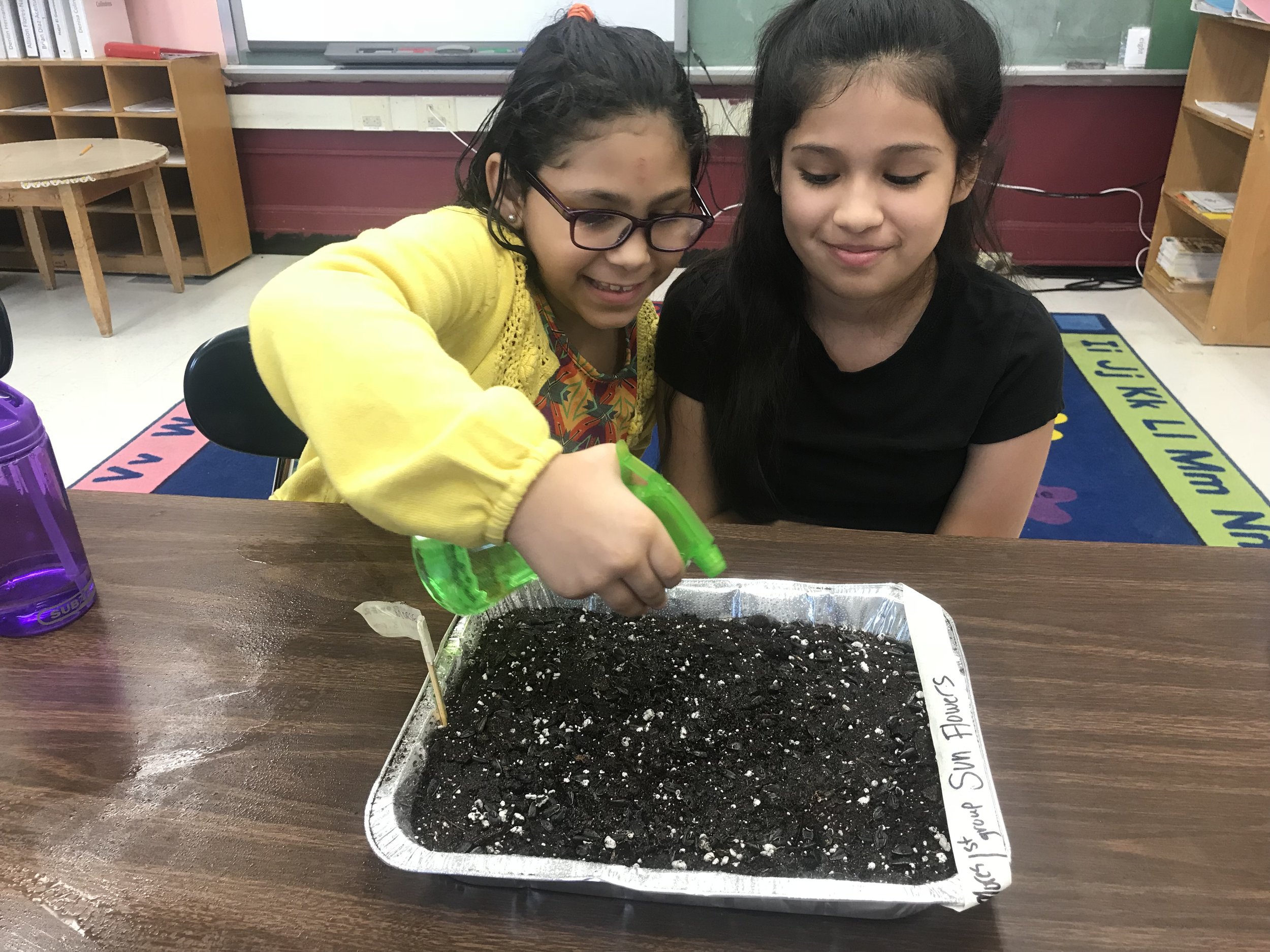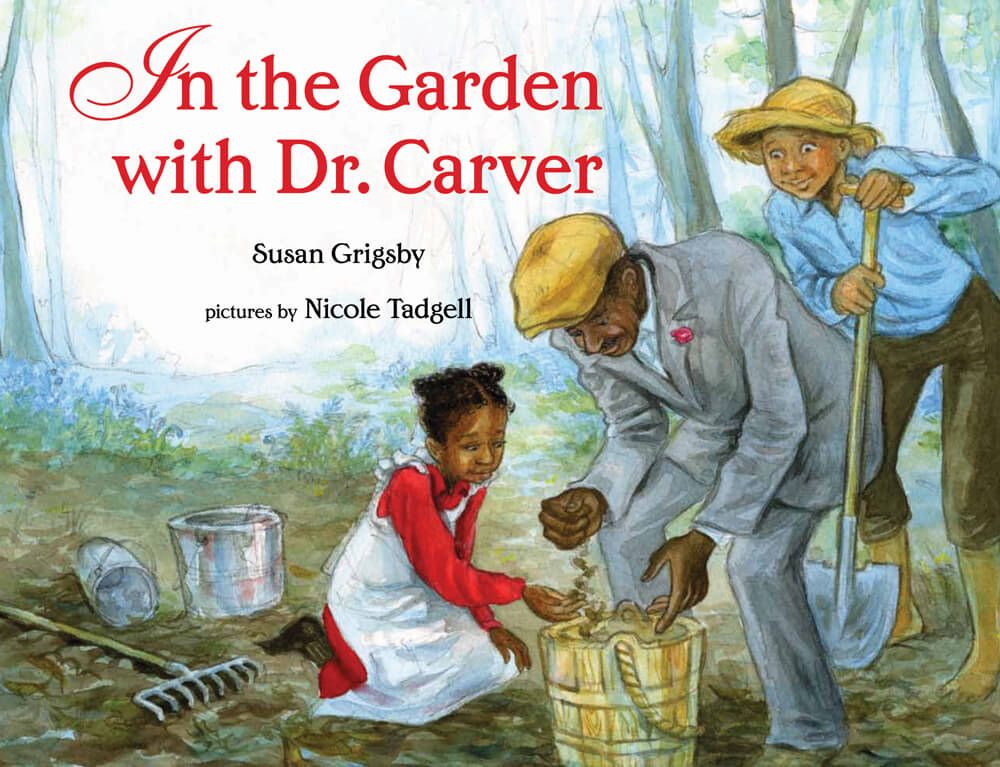By: Ben Bachman, Vassar Community Fellow
Behold the bright red beet! The summer harvest season may be winding down, but beets are one colorful vegetable that you can harvest long into the fall. That’s why, at PFP, beets are our October Harvest of the Month.
Cooking Ideas
Greens or roots, you can eat both parts of the beet! With so many delicious ways to prepare beets, there are plenty of ways for everyone to find something they enjoy.
Rinse your beets and a whole world of possibilities open up. Young beet greens and roots are good eaten raw. Chop them up and toss them in a salad to try their cool, rich flavor. No need to peel the roots - healthy vitamins and minerals are hidden in the skin. Cook beet greens as you would spinach or chard by steaming or sauteing. For beet roots, steam or boil until you can poke them with a fork. Drain and rinse with cool water and your beets are ready to eat however you want them! Here’s a tip: Beets are super easy to peel after you boil and rinse them - just make sure you let them cool first. You may want to peel off the skin, especially when you have bigger, older beets. Another cooking option, one that really brings out beets’ unique flavor, is roasting them in the oven.
Even now we’ve only scratched the surface of what beets can do. At PFP, our favorite beet-based recipes range from soups to smoothies! Take that for food power!
Nutrition
If we’re talking food power, beets pack a major punch. Beet roots get their striking color from a nutrient called betaine, which is a known antioxidant with anti-inflammatory and detoxifying properties.
What about the rich, earthy flavor of beet roots? That comes from trace amounts of a substance called geosmin. This is the very same substance that causes the fresh smell of soil after rainfall.
What’s more - beet roots are unusual among vegetables for their high concentration of sugar. While you won’t find them in the grocery store, some types of beets are used for commercial sugar production: as much as 20 percent of the world’s sugar comes from beets!
This of course brings up another important point about beets - not all beets look alike! You might be familiar with the red “table beet”, but beets can also be white, like sugar beets, or purple, pink - even golden yellow. Beets are the perfect vegetable to help you eat the R A I N B O W!




